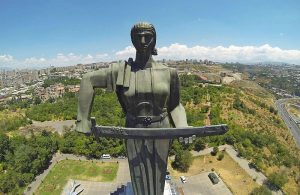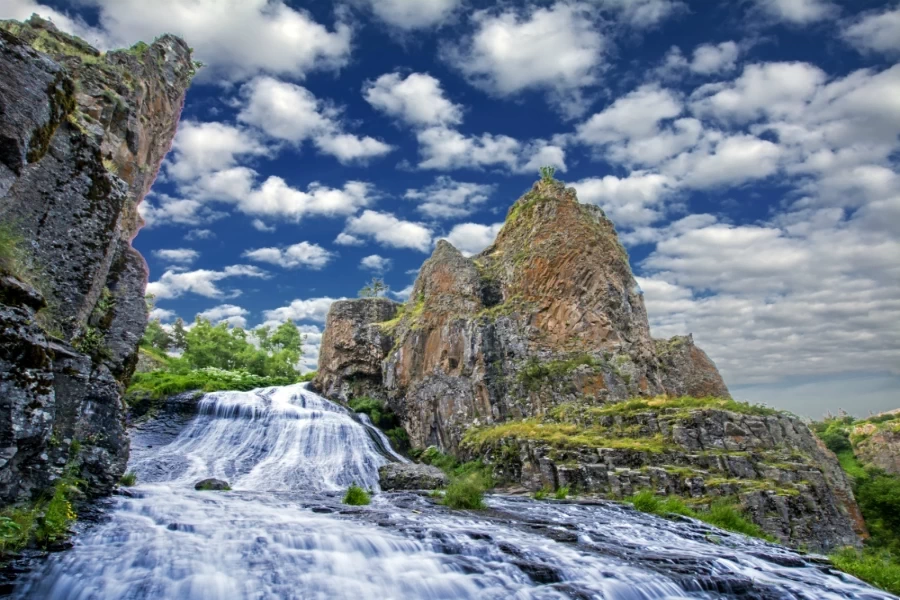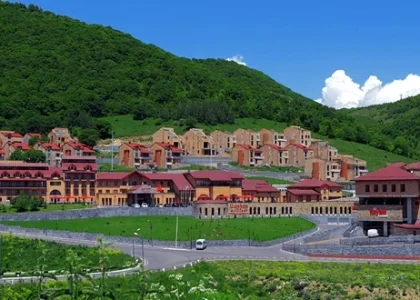Artashat is a town and the administrative center of the Artashat Municipality and Ararat Province in Armenia. It is situated on the Azat River in the Ararat Plain, 30 kilometers southeast of Yerevan.
History:
Artashat was founded as a village named Ghamarlu in 1828-1829 by Armenian migrants from Iran. It grew into a large village by the late 19th and early 20th centuries. In 1945, the town was renamed Artashat in honor of the ancient city of Artashat (Artaxata), whose ruins lie 8 kilometers southeast of the modern town. It gained urban settlement status in 1946 and city status in 1962, subsequently developing into a significant industrial center.
Name:
The modern Artashat is named after the ancient city of Artashat (Artaxata), which served as the capital of the Kingdom of Armenia for approximately 350 years, with some interruptions, after its founding in 176 BC. The city was named after its founder, King Artashes I, the founder of the Artaxiad Dynasty. The name Artashat can be interpreted as “Joy of Artaxata,” but it actually shortens Artaxšas-šāt, meaning “Joy of Artashes.” The ancient Artashat was also known as Ostan Hayots, meaning “Seat of the Armenians.”
Geography:
Artashat is located in the central part of modern Armenia, in the southeastern part of the Ararat Plain, just 3.5 kilometers east of the Arax River, which marks the border between Armenia and Turkey. It lies on the left bank of the Azat River at an approximate elevation of 830 meters above sea level. The town is bordered by the Yeranos Mountains to the north, the Gegham, Dahnak, and Mshkatar Mountains to the east, and the Urts Mountains to the southeast.
Currently, Artashat is divided into four districts: Nor Kyugh, Kentron, Ghamarlu, and the Southwest District. Nearly half of the town’s population resides in the Southwest District. The town is surrounded by the villages of Mrgavan, Vostan, and Shahumyan to the north, east, and south, respectively.
Culture:
Artashat boasts a palace of culture, the Charles Aznavour Art Center, the Amum Khrazan Drama Theatre, and the Ohan Chubaryan Public Library (established in 1948). In 2004, a new recreational park was opened in the center of Artashat, hosting public celebrations and concerts.
To commemorate the 1600th anniversary of the invention of the Armenian alphabet, sculptors from across Armenia and the diaspora created several monuments in the center of Artashat, including a memorial to King Artashes I.
Artashat’s rich historical heritage, combined with its cultural institutions and beautiful natural surroundings, make it an important center for both locals and visitors.
























